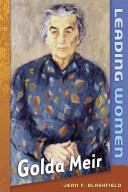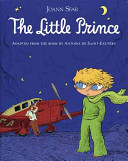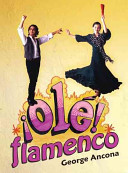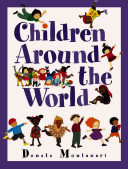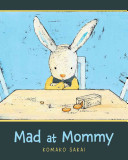
With simple text and stunning photographs from many different countries and religious traditions, this book describes the many faiths practiced around the world. Thematically-organized back matter gives additional information on common expressions of faith, and a glossary describes particular religions and elements of faith depicted in the book.

